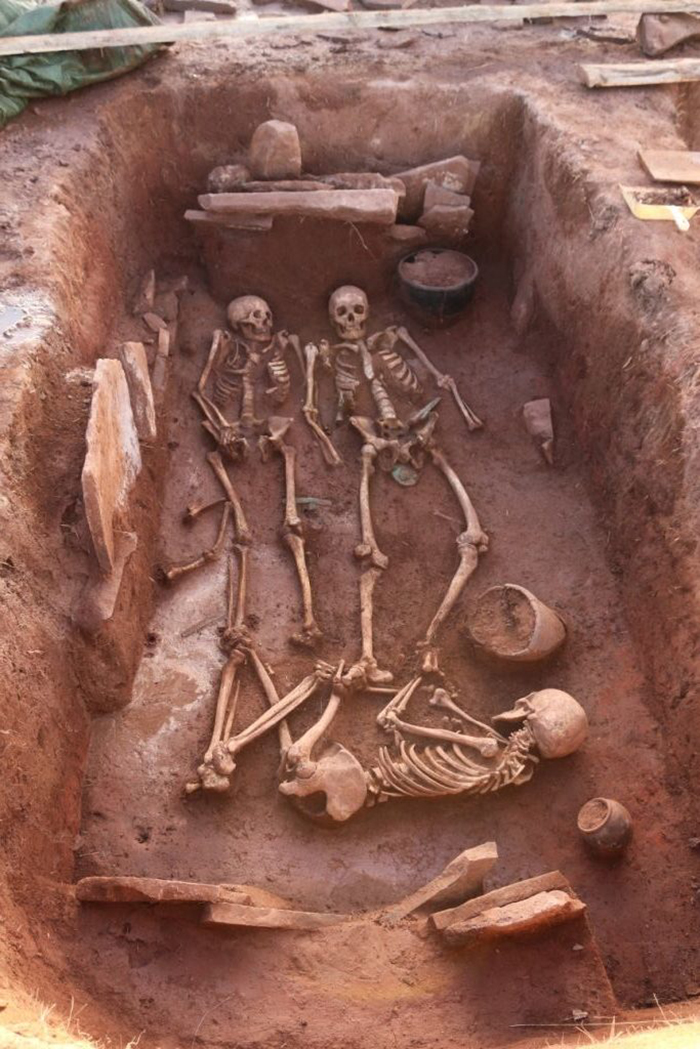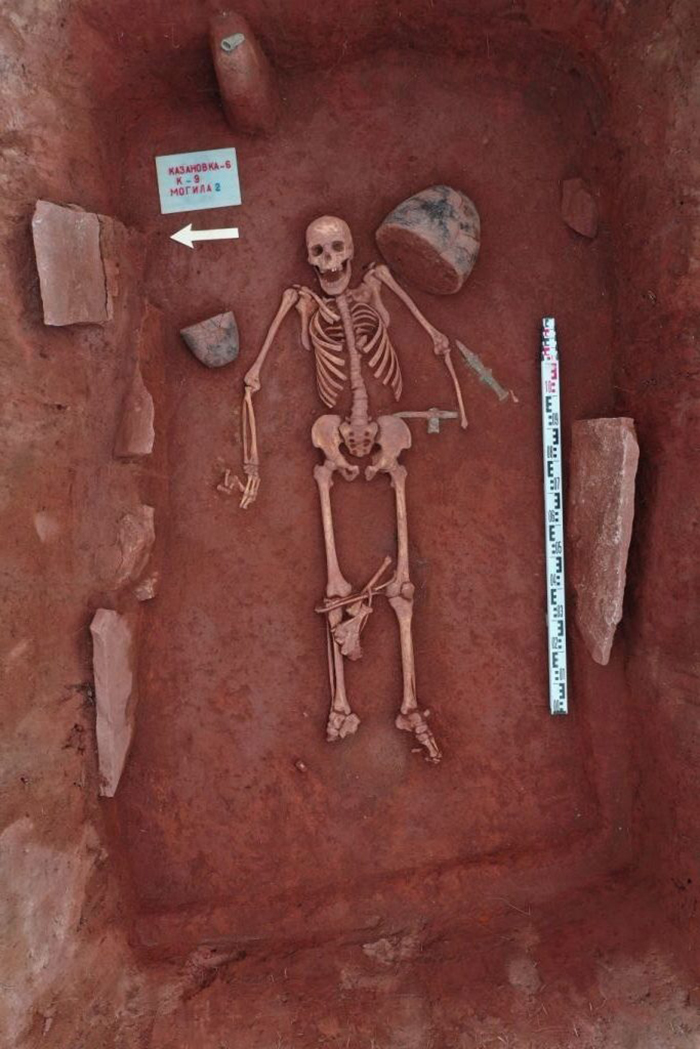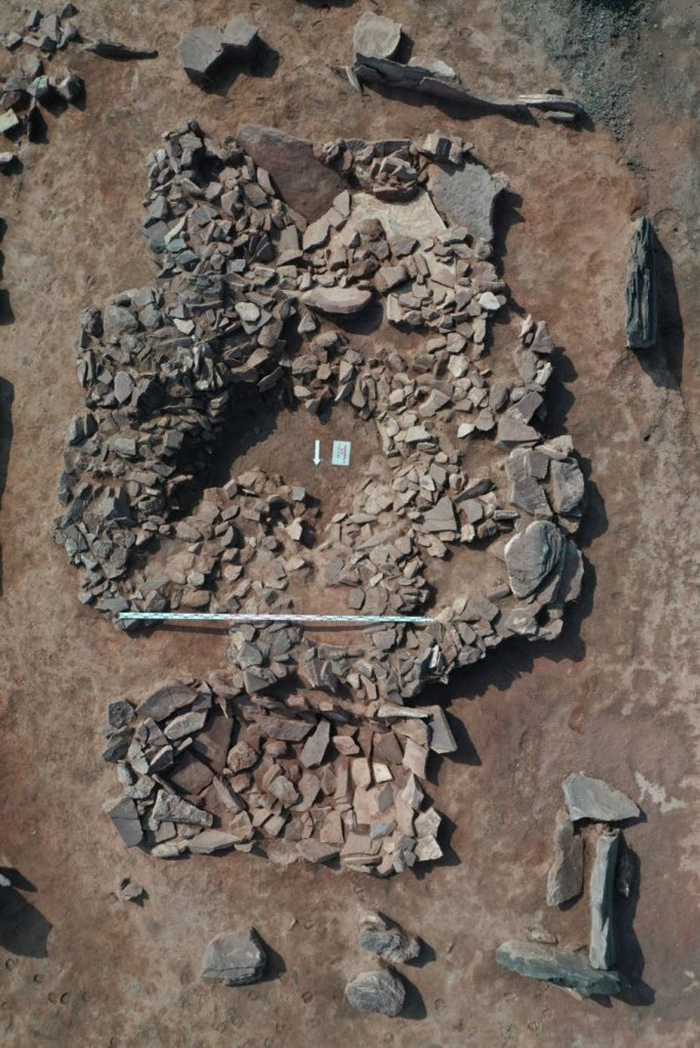Archaeologists in Siberia have uncovered an extraordinary 2,500-year-old grave belonging to an ancient warrior couple.
Both individuals are believed to have died in their 30s and were interred alongside a newborn and an elderly servant woman, as per the findings of the scientists. The couple is presumed to be spouses, while the elderly woman is likely to have served them and possibly passed away in her 60s.
The remains of the ???????????????? were found scattered throughout the grave, likely a result of rodents consuming the flesh of the deceased.
This archaeological discovery of the ancient warrior couple may shed light on the lost Scythian civilization, which thrived in the region of present-day Russia until approximately 2,200 years ago.

Image credits: archaeology.nsc.ru
The remarkable aspect of this discovery lies in the fact that the warrior woman interred in the grave was equipped with the same weaponry as her male counterpart. According to current scientific knowledge, in contemporaneous graves within the vicinity, female warriors were typically buried with long-range weapons such as bows and arrows. However, in the recently unearthed grave, the woman was found with a long-handled weapon, potentially identified as either a hatchet or an axe, in addition to a short sword.
The male of the couple was buried with two axes, two bronze daggers, and a bronze mirror. Senior researcher Yuri Teterin remarked, “It is a remarkable burial due to the presence of authentic bronze weaponry.”

Image credits: archaeology.nsc.ru
“We have an impressive collection of weaponry,” stated Dr. Oleg Mitko, Head of Archaeology at Novosibirsk State University. “We discovered close combat weapons in a female grave, which is atypical. The woman was buried with a battle axe, indicating her belonging to a warrior class.”
The elderly woman was laid to rest in a folded position beneath the feet of the couple. Two of her teeth were found broken, and her possessions were limited to a fractured comb and a small ceramic vessel, suggesting researchers that she possessed minimal personal wealth.

Image credits: archaeology.nsc.ru
Several sizable ceramic vessels containing mutton and beef were also found within the grave. During that era, individuals were interred with commodities and food, as it was believed that these offerings would aid them in the afterlife.
All the individuals within the grave belonged to the Tagar culture, a constituent part of the Scythian civilization. Herodotus, an ancient Greek historian, documented the Scythians and their young female warriors. Nevertheless, physician Hippocrates later posited that a young woman would relinquish her warrior status upon “taking to herself a husband.”

Image credits: archaeology.nsc.ru
“Both men and women participated in hostilities,” elucidated archaeologist Anatoly Vybornov. “Violence was deemed an acceptable and lawful means of conflict resolution during that time.”
Since there is no evidence of battle-related injuries, researchers are inclined to speculate that the four individuals might have succumbed simultaneously to the same infection. The inclusion of the servant in the burial, positioned alongside the family, suggests the possibility that she was interred to care for them in the afterlife.